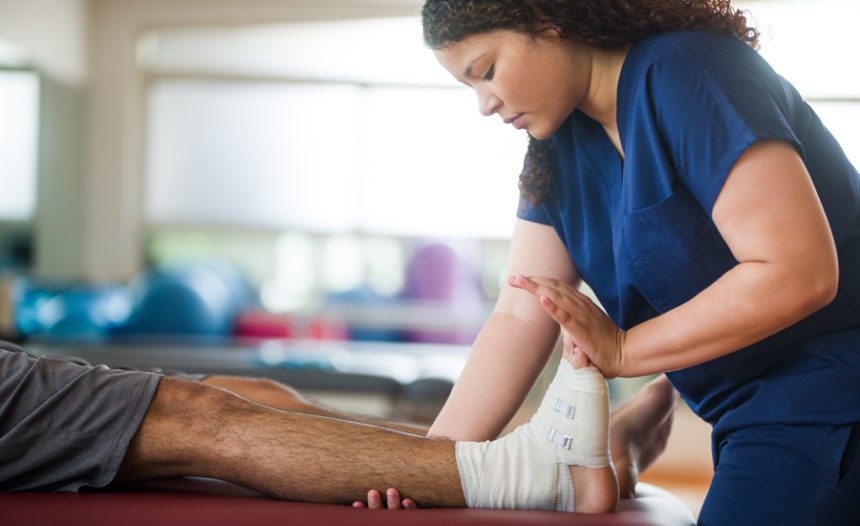To get started, it is essential to choose the suitable foam roller. Foam rollers come in different firmness levels and sizes. A softer foam roller is ideal for new users or those with sensitive muscles, while a high-density roller can provide greater pressure for more advanced users. The length of the roller should also be taken into account; full-length rollers can be effective for larger muscle groups, while shorter ones are better for targeting localized zones. Once the most suitable roller is chosen, individuals can begin to incorporate foam rolling into their regimen productively.
When using a foam roller, it is crucial to focus on deliberate movements. Rolling over tight areas too quickly can cause irritation and may not provide the optimal benefits. Instead, individuals should roll slowly over each muscle group for half a minute to two minutes. This allows the muscles to relax and helps to release knots and areas of tension. Focused breathing while rolling can also see increase relaxation and effectiveness. Targeting key areas such as the lower legs, thighs, hamstrings, and spinal muscles can lead to meaningful improvements in flexibility.

Additionally, combining self-myofascial release with flexibility exercises can boost flexibility gains. After using the foam roller, it is advantageous to perform stationary stretches on the same muscle groups that have been released. This combination helps in promoting blood flow and improving the range of motion in those muscles. For example, after rolling the hamstrings, stretching them by executing a toe-touch stretch can significantly enhance flexibility. Integrating these techniques into a routine ensures that muscles are both relieved of tightness and elongated.
In conclusion, routine application is key when next page it comes to foam rolling and improving flexibility. Incorporating foam rolling into a regular routine can provide long-term benefits. It is advised to spend at least 10 minutes a few times a week addressing different muscle groups. By committing to foam rolling a regular practice, individuals will likely see improvements in their flexibility over time. This strategy not only primes the body for physical activity but also contributes to recovery and preservation of overall muscle health, making it an essential addition to any fitness program.